Wind energy proponents seek to end stalemate
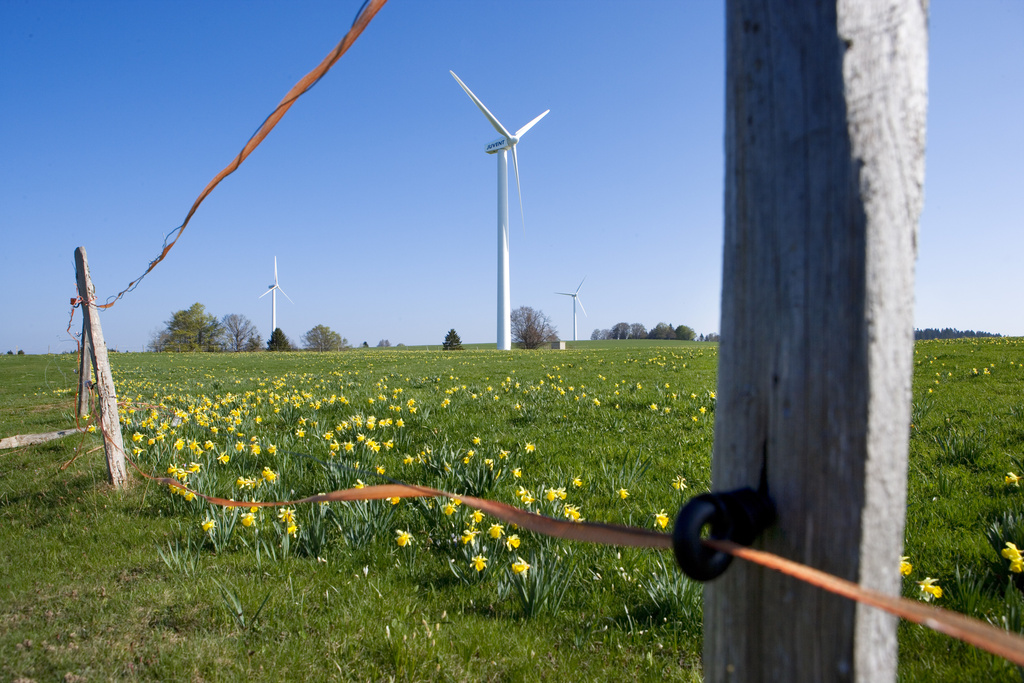
With wind turbines popping up haphazardly around Switzerland, the time has come for better planning and dialogue to avoid opposition which the machines provoke.
Such was the conclusion of a conference in Bern this week attended by around 200 people, most of whom supported wind farms.
The same day, canton Neuchâtel tried to move ahead with its plans for five new farms, presenting a revised action plan that pointedly leaves out a controversial site in Chaumont.
Not far away, eight new turbines also started turning in what has been dubbed Switzerland’s most successful wind farm, Mont Crosin in canton Bern. The farm has 16 turbines spread out over four kilometres, producing 40 million kilowatt hours per year, enough to power 12,000 households.
Mont Crosin is touted as an example of good practice in involving the local population in the early stages of planning, but no lessons have yet been drawn on its impact on nature and wildlife.
Wind energy has the backing of the Swiss government, which in 2006 declared it to be in the country’s interest. A wind energy concept was drawn up, giving guidelines on locations and criteria for turbines and setting a goal of producing 50-100 gigawatt hours (GWh) of electricity by 2010.
With the inauguration of Mont Crosin’s latest additions, as well as two other parks, Switzerland will only just meet the 50 GWh target by the end of this year.
Lack of understanding
The Bern conference showed that questions remain about where and how to build wind farms and what should be the priorities, according to Pro Natura, the non-governmental environment organisation that co-hosted the national conference with the Swiss association for the promotion of wind power, Suisse Eole.
“There is no opposition to the central issue [of renewable energy]. But as soon as we start to talk about concrete projects, we see there is a lack of understanding,” said Pro Natura spokesman Nicholas Wüthrich.
“We also see that we lack answers to questions such as where to put wind turbines that would be best for the landscape or [would] not impact on birds, for example.”
Due to the complexity of Swiss planning procedures and in part to the opposition which projects attract, Switzerland is lagging behind other countries in harnessing wind power. The eight new turbines at Mont Crosin took eight years to get planning permission.
Dialogue essential
To move ahead now, dialogue and planning are essential, says Wüthrich.
“Planning was something that was asked for by everyone at the conference. We would like more planning by the cantons who do not do it, and between the different cantons,” he said.
“We see projects cropping up everywhere but we are not going to be able to do all these projects. So we need more reflection over what are the major projects that we should do and the priorities.”
He added: “The goal of dialogue will be to look for a solution together. We need to determine the gaps and what different sides are lacking in order to realise certain projects.”
The conference was a first step towards dialogue, he said, with networking helping to understand different stances. It also took stock of current thinking, namely that wind turbines alter the landscape and need to be grouped together, and that the best projects involve everyone in the planning stages.
Barbara Egger-Jenzer, a parliamentarian from the centre-left Social Democratic Party, told participants that Switzerland was at a “turning point” on the issue of wind farms. Lausanne politician Jean-Yves Pidoux and parliamentarian Geri Müller, both from the Green Party, outlined how to make Swiss energy policy greener.
Looking ahead
For Suisse Eole, the next step is to look at the projects that are causing problems and the sticking points and to delve deeper into issues such as how far to take impact studies.
This, to match up and “fine-tune” the government’s initial directives for wind turbines in line with the current situation. For example, looking at guidelines about the number of birds that can be killed by the turbines and asking if that number is acceptable.
“We want to solve problems amicably before there is opposition,” said the association’s Martin Kernen.
“Discussions still need to be held on this, notably between the promoters of wind energy and environmentalists, and also the cantons concerned.”
Jessica Dacey, swissinfo.ch
In a 2006 decision about the Crêt-Meuron wind park, the cabinet stated that wind energy production was in the country’s interest. As a result the government formulated a wind energy concept under the guidance of the Swiss Federal Energy Office, the Federal Office for Spatial Development and the Federal Environment Office.
The concept sets out conditions for the planning and construction of wind plants and advocates focusing on suitable sites. The criteria for suitable sites include wind frequencies and strengths, distance from residential areas, and compatibility with nature and landscape protection. The concept was to serve as a planning instrument for cantons and municipalities.
The aim of the concept was to promote wind energy with the support of the SwissEnergy programme to produce a target of 50-100 GWh of electricity.
The Federal Energy Office entrusted Suisse Eole, the association for the promotion of wind energy in Switzerland, with the task of marketing wind energy. This organisation assists developers, planners and authorities with procedural planning, communication and clarification of potential sites, and is also able to offer them financial support.
Wind energy uses the kinetic energy of airflow to rotate turbine blades. The mechanical energy generated is converted by a generator into electricity.
The first wind energy facility in Switzerland began running in Längenbrück in 1986 with a capacity of 28 kilowatts. According to the latest official figures (2007) there are 30 wind farms in operation in Switzerland with a total capacity of 14 gigawatt hours (GWh). The largest of these is on Mont Crosin, near St Imier in the Bernese Jura. Other sizeable wind plants are located in canton Valais, canton Lucerne and canton Uri.
In Switzerland, by 2030 it is hoped to produce around 600 GWh of electricity per annum.

In compliance with the JTI standards
More: SWI swissinfo.ch certified by the Journalism Trust Initiative

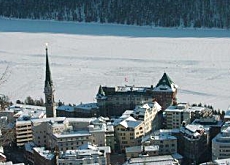
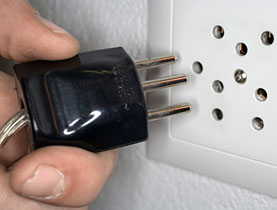
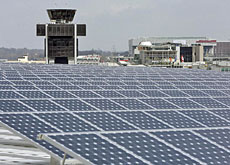
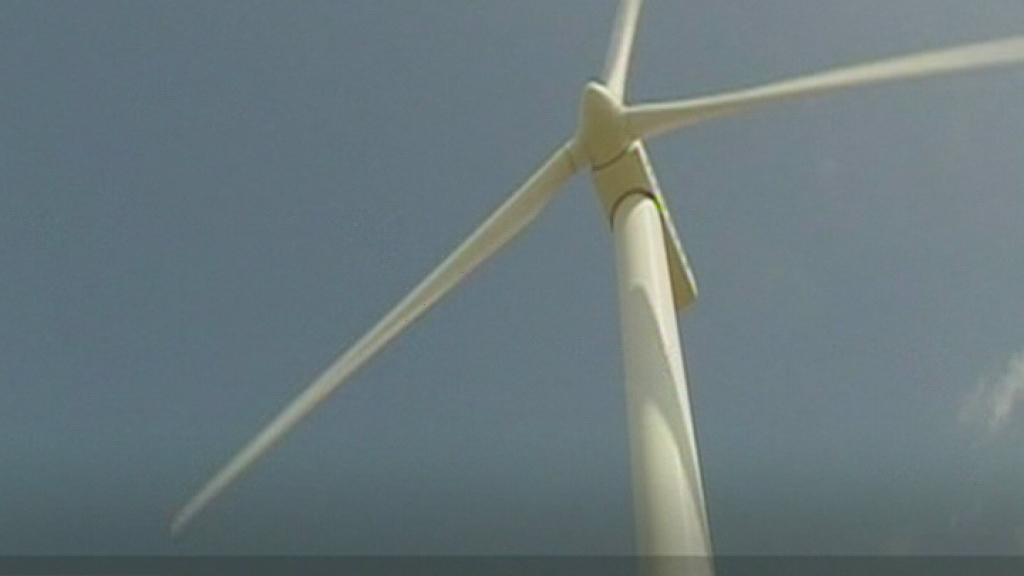
You can find an overview of ongoing debates with our journalists here. Please join us!
If you want to start a conversation about a topic raised in this article or want to report factual errors, email us at english@swissinfo.ch.